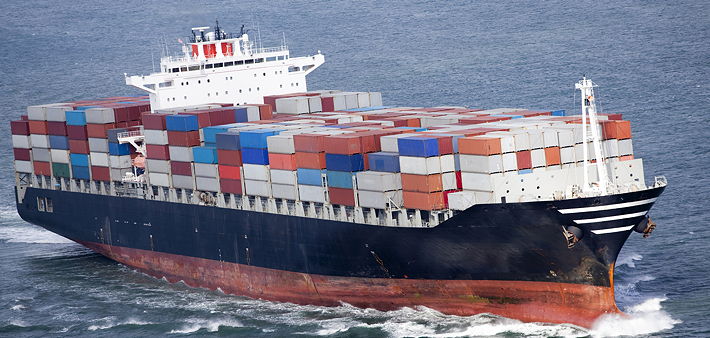Tariffs will be set on pork products if the UK leaves the EU without a deal, but at a much lower rate than existing EU tariffs.
The government finally announced the proposed tariff regime that would apply under a no-deal Brexit on Wednesday, following MPs’ vote to reject Theresa May’s Withdrawal Agreement for the second time the previous night.
Until there were fears the Government might not impose any tariffs at all on pork products, despite the fact that under WTO rules, UK exporters would face full EU tariffs. This would have a significant impact particularly on the German and Belgium cull sow market.
In the end the needs of agriculture, including pork, were recognised, to a degree. While tariffs on most imported goods would be reduced to zero, tariffs on most pig meat products would remain in place, but would be reduced to around 13% of the current rate the EU applies to countries outside the bloc, AHDB analyst Bethan Wilkins explained.
The tariffs are applied on a per kg basis, but are higher for more valuable goods. A full list of the new tariff regime is available here. The new tariffs would apply to all WTO member countries that the UK does not have free trade deals with, including the EU.
“UK pig meat imports are currently sourced almost entirely from the EU, and as such enter the UK with no tariff at all. These shipments account for around 60% of domestic consumption. Looking at the breakdown of products the UK imported last year, and the average prices for these products, the new tariffs would equate to around 4-5% of the price of pork, bacon and ham imports,” Ms Wilkins said.
Noticeably, sausages have not been included in the tariff schedule, and will be zero-rated. Sausages account for up to 15% of UK pig meat imports annually. “Sausages are not classified by constituent meat when traded, so the total volume will include some non-pork based products. However, it is fair to assume the majority of the imports will be pig meat based,” Ms Wilkins said.
AHDB estimates that these tariffs could push up the cost of importing pig meat from the EU by around 3%. Administrative costs, and any fall in the value of the pound under a no-deal scenario may also elevate this further. However, some of the costs may be borne by the EU exporters, Ms Wilkins said.
While these tariffs increase the cost of importing from Europe, importing from the rest of the world would become cheaper as these imports will be subject to the lower UK tariff, rather than the current EU rate. “While supply chains are unlikely to change dramatically overnight, lower tariffs on US and Brazilian pork may lead to increasing competition from the regions,” Ms Wilkins said.
NPA senior policy advisor Ed Barker said: “We welcome the fact we have some kind of protections on imports in the event of a no deal, especially on the high value cuts such as loin and leg. In this scenario, pork could be coming in from anywhere in the world, so some protection to prevent the market being flooded and undermining domestic production is essential.
“While far from perfect, this represents something of a win for NPA. At one stage it looked like there would not be any protection all all, but we made a strong argument about why some tariffs must be retained. The outcome is much more favourable than appeared likely a few weeks ago.”




